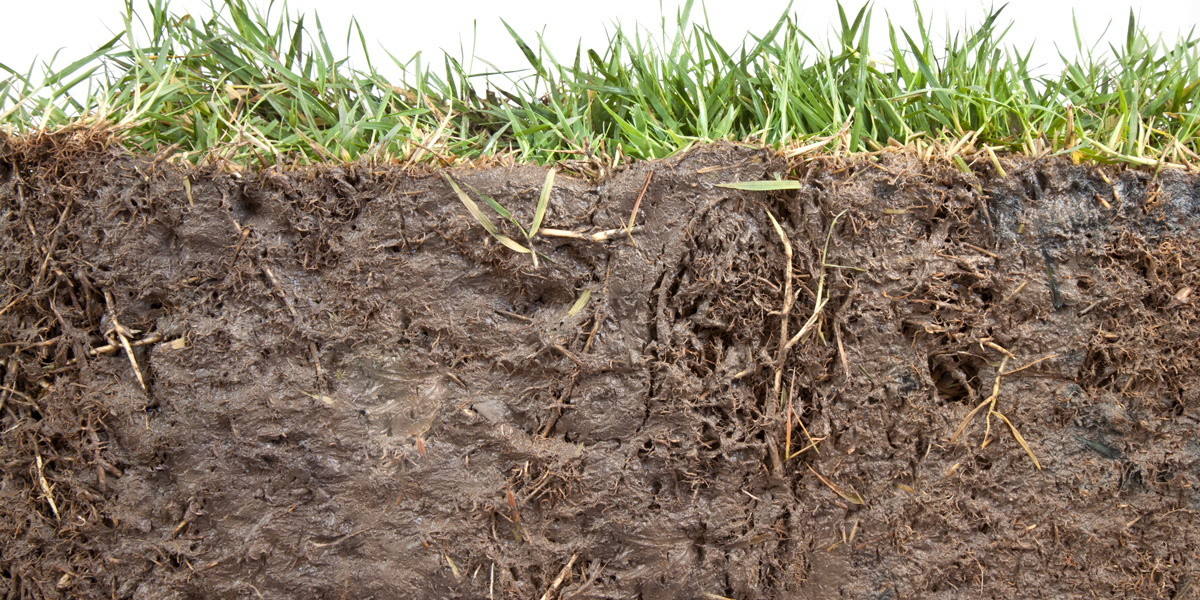
Study finds new insecticides don't degrade as efficiently as previously thought
Genetic engineers are developing new types of insecticides based on dsRNA (double-stranded RNA). They are intended to work by reducing (“silencing”) the expression of target genes of insect pests through a mechanism called RNA interference (RNAi), resulting in the death of the pests.
They can either be genetically engineered into the plant or sprayed on.
However, scientists have not understood what happens to these insecticides once they contact the soil. Do they break down easily or persist, potentially affecting soil organisms?
A new study by researchers at Washington University in St Louis, USA and ETH Zurich, Switzerland, gives some answers.
The researchers looked at the fate of dsRNA in different types of soil. They found that in some soils, enzymes in the soil can break down the insecticide and microbes can eat it, meaning that the dsRNA insecticide degrades.
However, in other soils, the researchers found that a different process occurs. In these cases, the dsRNA doesn't break down in the soil, but instead attaches to soil particles and is protected against degradation. In this way, it persists in the environment.
The researchers add that this soil-stored dsRNA could also be taken up by soil microbes.
The researchers note that previous studies have measured a reduction in dsRNA concentrations in solution over time and have attributed this to degradation. But the new study shows that some of this apparent reduction can be explained by the ability of the dsRNA to attach to soil.
In short, previous assumptions that the dsRNA reduces over time may be incorrect, as is not necessarily degrading but persisting.
The environmental concern is that if the dsRNA finds a target gene sequence in the bacterial populations in the soil, it can reduce the expression of one or more crucial genes, impacting their viability and thus disrupting the soil microbiome.
Lead author of the new study, Kimberly Parker, assistant professor of energy, environmental and chemical engineering at the McKelvey School of Engineering at Washington University in St Louis, commented, "Now that we have identified the major processes controlling pesticide degradation in soils, we will next investigate in detail the variables that control these processes to enable accurate ecological risk assessment of double-strand RNA pesticides. This will allow us to understand whether or not these new pesticides pose a risk to ecosystems."
---
Environmental fate of RNA interference pesticides: Adsorption and degradation of double-stranded RNA molecules in agricultural soils
Kimberly M. Parker, Verónica Barragán Borrero, Daniël M. van Leeuwen, Mark A. Lever, Bogdan Mateescu and Michael Sander
Environmental Science & Technology
Publication Date (Web): January 25, 2019
https://doi.org/10.1021/acs.est.8b05576
Abstract
Double-stranded RNA (dsRNA) pesticides are a new generation of crop protectants that interfere with protein expression in targeted pest insects by a cellular mechanism called RNA interference (RNAi).
The ecological risk assessment of these emerging pesticides necessitates an understanding of the fate of dsRNA molecules in receiving environments, among which agricultural soils are most important.
We herein present an experimental approach using phosphorus-32 (32P)-radio labeled dsRNA that allows studying key fate processes of dsRNA in soils with unprecedented sensitivity. This approach resolves previous analytical challenges in quantifying unlabeled dsRNA and its degradation products in soils.
We demonstrate that 32P-dsRNA and its degradation products are quantifiable at concentrations as low as a few nanograms of dsRNA per gram of soil by both Cerenkov counting (to quantify total 32P-activity) and by polyacrylamide gel electrophoresis followed by phosphorimaging (to detect intact 32P-dsRNA and its 32P-containing degradation products).
We show that dsRNA molecules added to soil suspensions undergo adsorption to soil particle surfaces, degradation in solution, and potential uptake by soil microorganisms.
The results of this work on dsRNA adsorption and degradation advance a process-based understanding of the fate of dsRNA in soils and will inform ecological risk assessments of emerging dsRNA pesticides.